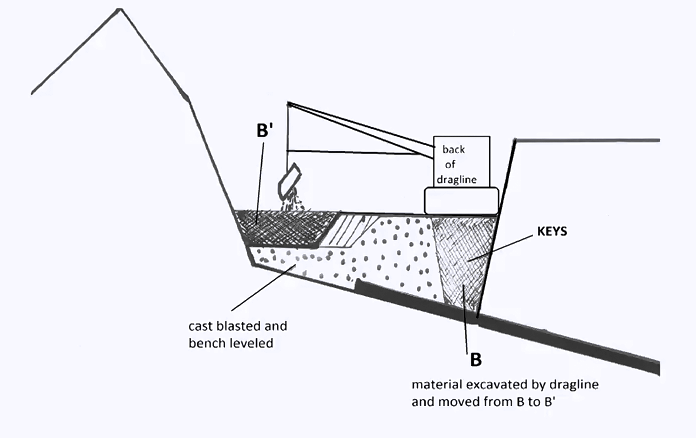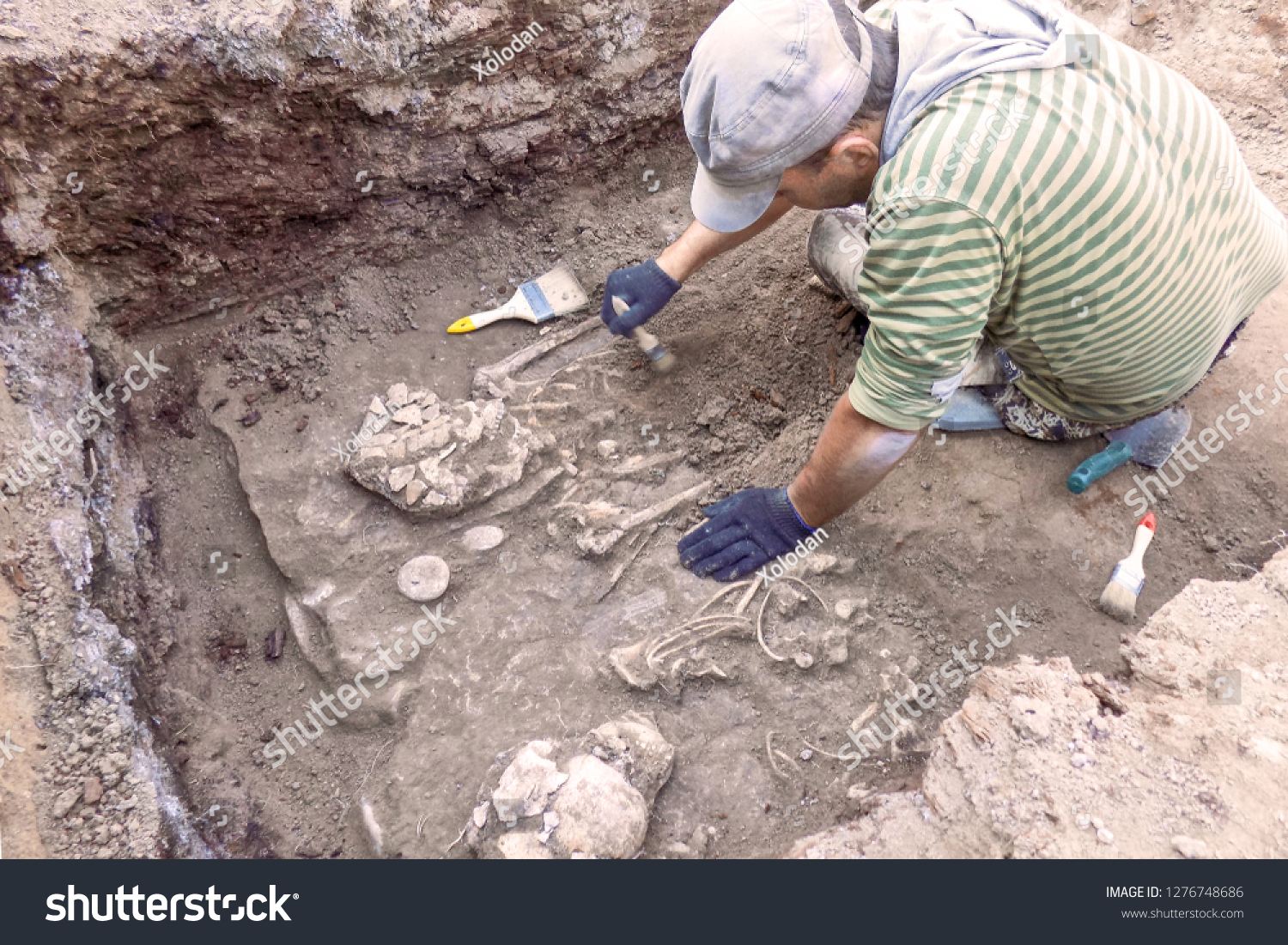How Excavator can Save You Time, Stress, and Money.
Wiki Article
General Contractor Things To Know Before You Get This
Table of ContentsThe Buzz on Excavation Contractors Near MeExcavating Contractors for BeginnersThe Excavation Companies StatementsThe Definitive Guide to TrencherThe Only Guide to Grading Contractors


Scrapers or Pans dig deep into dirt in one area, haul and also dispose the soil in one more spot (mini excavator). It is hard to match the performance of scrapes for cut/fill soil operation if the haul range is less after that a mile. Scrapes are generally pulled by a rubber tire wheel tractor and also are sometimes pressed with the cut area by a bulldozer.
There are lots of times that scrapes are not made use of for website grading and a dump vehicle is employed: the haul may be to long, the haul may go across roadways where scrapes are not permitted, hard rock might be come across, tools schedule, etc. Dispose vehicles are in usual usage and also probably call for little conversation.
Many vehicles have a top-hinged tailgate that can not unload any rock bigger after that the tailgate width. "Rock body" beds, on the other hand, have no tailgates and can discard any type of dimension rock, although their quantity capacity is diminished. These web links reveal tools specs for numerous usual dump trucks. Compaction Equipment boosts the density of the soil as well as in many cases gives a smooth, rolled surface area.
Some Of Excavator
From a straightforward examination pit to percussion exploration to core drilling the proprietor has increasingly extra costly choices that produce increasingly far better data about the website underground. For instance, the Owner on a 100,000 SF building job may authorize twenty monotonous locations with split spoon soil samples taken up until rock is gotten to and after that core samples of rock.Understanding the kind and top quality of rock (from the core samples) as well as place of rock (from the dirts boring) is an actual advantage in jobsite preparation. On the other hand, the Proprietor of a 100,000 SF structure might determine to wage no geotechnical testing whatsoever. The choice concerning geotechnical testing is typically made by a Proprietor without input from the Building and construction Supervisor.
The section on Dirts and Geology assists you comprehend the terms in the geotechnical record. A knowledge of the approximate location of the rock aids the Building Supervisor to plan the series of steps complying with rock excavation. If rock remains in one corner of a large building task, for instance, the planet excavation could begin at the opposite end of the building in order to begin structure work soonest.
Beginning the foundation work early would be a great concept if the rock can be removed by ripping. If the rock is exceptionally tough and also needs substantial blasting, it may be sensible to hold foundation work until the blasting is completed. The Building and construction Manager ought to work with these sorts of choices and make use of all the technical day readily available.
Not known Details About Excavator
Unclassified excavation go to my site specifies that all rock or other unforeseen products (omitting hazardous materials) come across in the sitework will be the obligation of the Specialist at no modification in agreement cost. An unclassified excavation is simpler from a book-keeping viewpoint and also look at these guys places the responsibility for geotechnical conditions onto the Sitework Specialist.How Water Impacts Sitework? It's outstanding what a hefty rain can do to a building and construction task. Before the rain, the website might be dry, hefty equipment efficiently moving planet, the various other trades smoothly performing their work. Within hours the job can be a sloppy, mud-hole with employee performance reduced to regarding 10%.
In most areas of the world, the Building and construction Supervisor need to remember a basic reality: IT WILL CERTAINLY RAINFALL. Excellent planning can lessen the damage as well as disruption of a hefty rain to a jobsite. Frequently the excavation and grading is delegated the Sitework Professional (and their Foremen is responsible to oversee as well as route the heavy tools and also operators).
The Building and construction Supervisor must be continually mindful of what rainfall will certainly do to the job website. It is not uncommon for the Sitework Foreman to function their heavy devices for optimal efficiency as well as wish it doesn't rain. Among the most effective means to plan for rainfall is to incline all qualities to drain and to smooth rolled the surface prior to a rainfall.
Fascination About Mini Excavator
The Building and construction Manager need to be far-sighted adequate to insure that heavy rain does not quit working on the job longer than necessary. Daily discussions with Sitework Foremen might be called for to accomplish this objective. Any kind of time excavation is required listed below the existing aquifer on a task, the process of dewatering should be considered.In a truly natural soil, the water takes a trip so gradually through the clay or silt that dewatering is not typically required for the reasonably brief time of excavation. Dewatering may be needed for a single footing excavation or for an entire task website. click here for info The most typical dewatering approaches are trench drains pipes, deep wells as well as well points.

Ground water seepage can likewise be reduced by cutoff methods such as sheet loading. High dewatering prices have faded the profit margins on much too lots of jobs.
This choice should always be thought about when examining the prospect of dewatering. Certainly the option is only sensible if gravity can run the water to lower ground. Trench drains pipes can be cut with a backhoe as well as full of a rugged, granular product (# 4 stone for example), however treatment needs to be exercised in selecting the water electrical outlet kind as well as area.
The Best Guide To Demolition
A siphon, necessarily, uses climatic stress to carry water from one altitude, up over a barrier, to a reduced elevation. The pipes in a siphon system should be impermeable and also some resourcefulness is typically required to completely fill the siphon pipeline. The siphon pipeline need to be complete for the siphon to begin.A deep well includes a pump, hose pipe as well as a vertical well casing. The pump intake is at the bottom of the well covering (normally some smashed stone is positioned down there as a filter tool) (excavating contractors). The water is inflated the hose, out of the well casing, as well as to an appropriate discharge location.
In a crude sand, as an example, a big location can be pumped to near the pump consumption elevation. A much less absorptive soil, on the other hand, decreases the efficiency of a deep well. Since the pump is typically at the end of the deep well, there are no height constraints as a result of vacuum lift, as well as deep wells can lower the groundwater over 50 feet.
On the bottom of the wellpoint there is a 2 foot long display and also shutoff, water jets out of this valve and creates an opening into which the wellpoint pipeline can be lowered. This hole is often made a larger diameter (for instance 10 inches) to enable a rugged sand backfill to help filter the water (excavator).
Report this wiki page